Programmable Logic Controller (PLC) is a digital computer used for automation of electromechanical process. In order to ensure the use of programmable controllers in many industries and machines, it is necessary to install and maintain them. This paper describes the installation and maintenance of programmable logic controller (PLC).
With the development of science and technology, programmable logic controller (PLC) is suitable for most industrial sites. Suitable working environment can improve the working efficiency and life of PLC. So we should pay attention to the installation and maintenance of PLC.
When installing PLC, the following places should be avoided: (1) the ambient temperature is not between 0 and 50 degrees Celsius; (2) the humidity is more than 85%, or the dew place is caused by sudden change of temperature or other reasons; (3) the place where the sun shines directly; (4) there are corrosive and flammable substances. Places, such as hydrogen sulfide, hydrogen chloride, etc.
; (5) places where there are large amounts of iron dust and dust; (6) places where the vibration frequency is between 10-55 hertz and the amplitude is 0.5 mm (peak-peak); (7) places where the impact is greater than 10 g (gravitational acceleration). In order to make the control system work reliably, thermostatic element the programmable logic controller (PLC) is usually installed in the control cabinet with a protective case to avoid oil, dust and water splash.
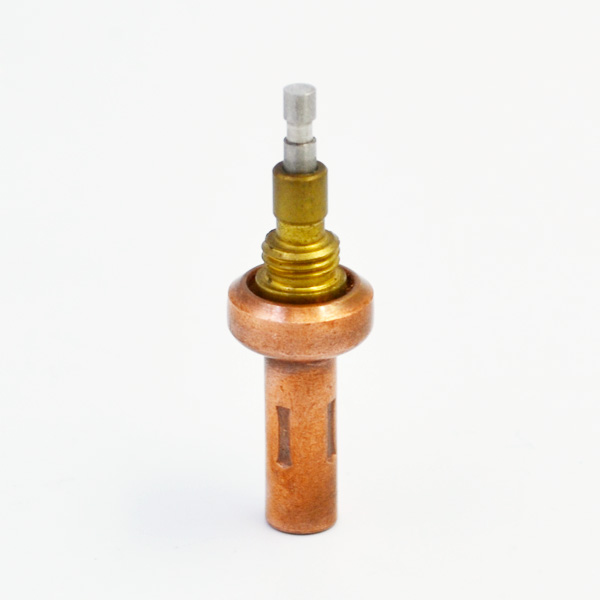
In order to ensure that the surrounding temperature is within the specified range, the interval between the expansion unit and the basic unit should be greater than 30mm when installing the PLC.
If the ambient temperature is higher than 55 degrees Celsius, it is necessary to install air conditioning or electric fans and other cooling equipment. In order to reduce the electromagnetic interference of other power supply equipment, the programmable logic controller (PLC) should be as far away from the high-voltage equipment and the high-voltage power supply as possible. The distance between the programmable logic controller (PLC) and the high-voltage power supply and the high-voltage equipment should be more than 200 mm.
The power supply of PLC is 50Hz, 220V 10% AC. When the power supply fails, but the failure time is less than 10 milliseconds, the working state of the PLC will not be affected by the negative impact of the failure. But if the interruption time of power failure is more than 10 milliseconds or the power supply is lower than the allowable value, the PLC will stop running and all the output points will be disconnected at the same time.
When the power supply of the system is restored, if the input of RUN is turned on, the operation will be carried out automatically. PLC itself has strong enough resistance to power line interference. When the disturbance of power supply to PLC is very large, a 1:1 ratio isolation transformer can be installed to reduce the disturbance between PLC and ground. Correct grounding is one of the necessary conditions to ensure the reliability of PLC, which can prevent accidental voltage shocks.
The grounding wire is connected with the grounding port of the PLC, and the basic unit is grounded. If the control system requires the expansion unit module, the grounding point of the expansion unit should be connected with the grounding point of the basic unit. In order to reduce the interference of power supply, output and input, special grounding wire should be connected to PLC, and the grounding point should be different from that of power equipment. Grounding. The grounding point should be as close as possible to the programmable logic controller (PLC).
The DC 24 volt terminal on the programmable logic controller (PLC) can also be used to supply current to external sensors. When the DC 24-volt terminal is used as the power supply of the sensor, the COM terminal should be the DC 24-volt ground terminal. If the extension unit is used, the extension unit should be connected to the 24-volt terminal of the basic unit. In addition, all external power supply can not be connected to this terminal. If the control system is overloaded, the voltage will drop automatically.
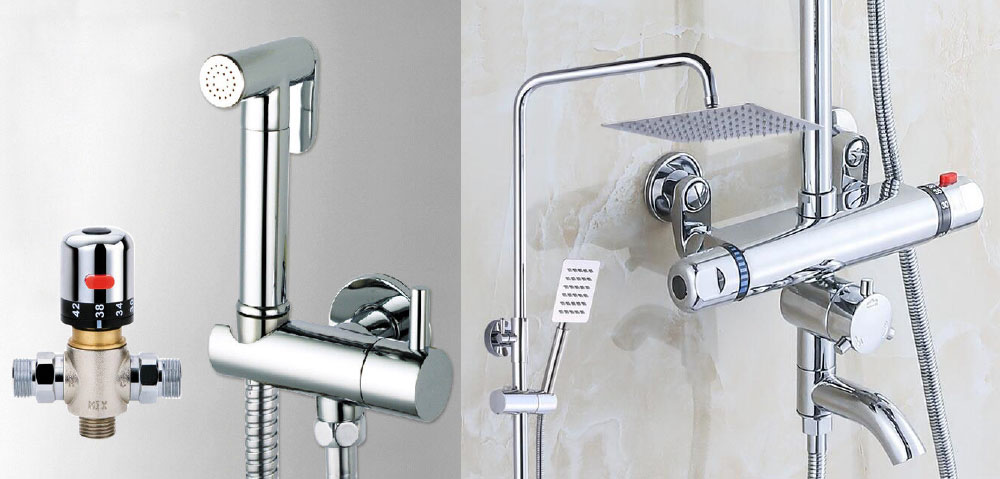
The input of this point does not work for the programmable logic controller (PLC). The number of PLC input points of various types of programmable logic controllers is clearly specified. For each unused input point, it does not consume power, so in this case, the ability of the 24-volt power terminal to supply current to the outside can be improved. Usually, it receives switching signals from limit switches, stroke switches, etc. The input terminal of PLC is the port of converting signal with the load of external sensor. Input wiring, usually refers to the connection between input port and external sensor. Programmable Logic Controller (PLC) has three main output modes: thyristor output mode, relay output mode and transistor output mode. Output interface wiring is mainly divided into common output and independent output. When the thyristor or output relay of the programmable logic controller PLC acts, the two output terminals of the same number will be connected.
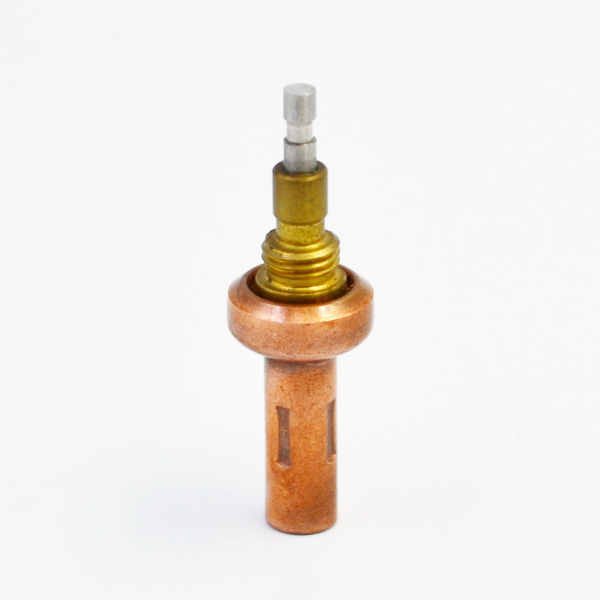
In different groups, different types and voltage levels can be used as output.
Power Supply. Because the output unit of the programmable controller PLC is encapsulated in the printed circuit board and connected to the terminal board, if the load connected to the output unit is short-circuited, the printed circuit board will be burned down. Therefore, the fuse should be used to protect the output unit of the PLC.
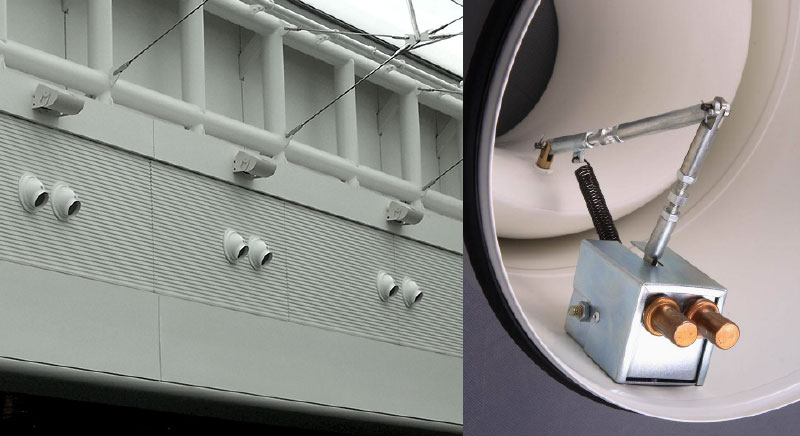
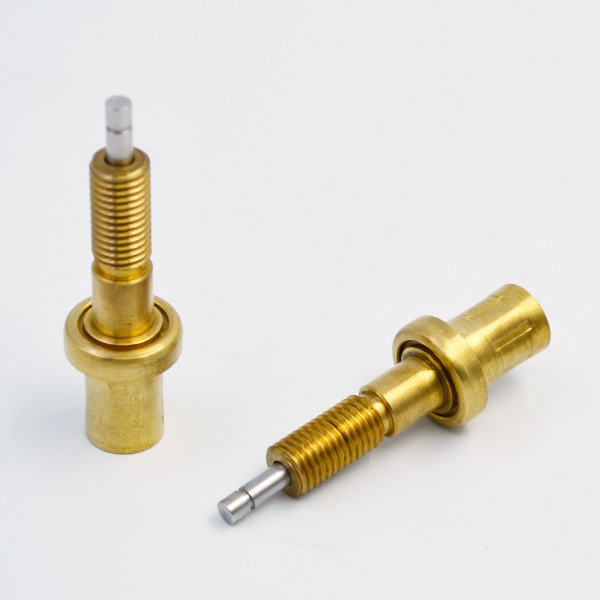
When the relay is used for output, the magnitude of the inductive load it bears reduces the working life of the relay, so the working life of the relay is required to be long. In a word, the above mentioned problems should be paid attention to when the programmable logic device PLC is installed. Notice these matters, the programmable logic device PLC can be more smoothly and widely used in many industries and machines.
